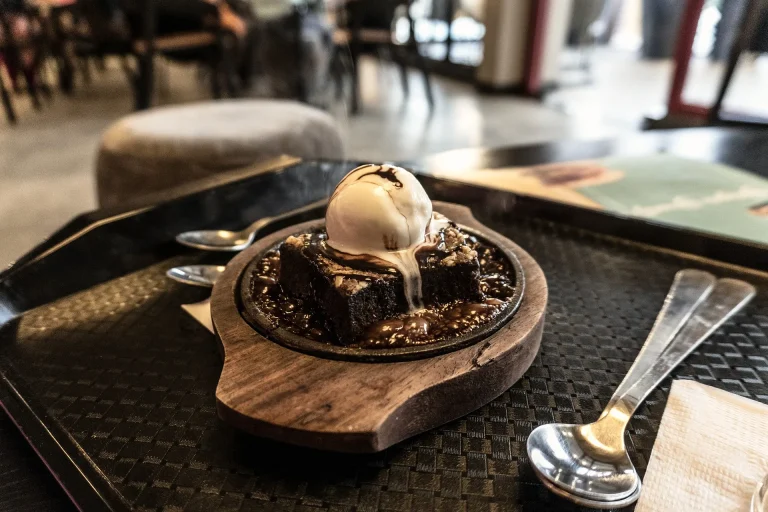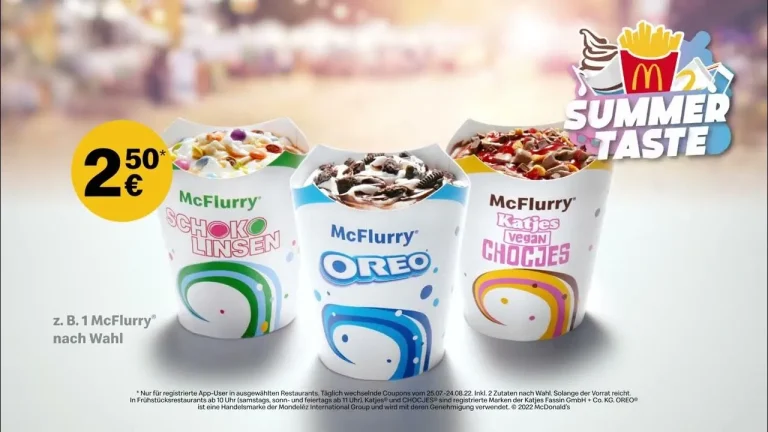Pros And Cons of Fashion : Unveiling the Hidden Truths
**Pros and Cons of Fashion:** Pros: Fashion allows self-expression and boosts confidence. Cons: It can promote materialism and lead to wasteful consumption.
Fashion plays a significant role in our lives. It is not just about clothing but also about personal identity. Fashion trends often influence our choices and how we present ourselves. Keeping up with fashion can be exciting and empowering. It allows individuals to express their unique style and personality.
On the downside, fashion can also encourage excessive spending and foster a culture of materialism. The fast fashion industry has environmental impacts due to the constant demand for new styles. Balancing personal style with sustainable practices is essential for a positive fashion experience.
Introduction To Fashion
Fashion attracts many people. Bright colors and unique designs catch the eye. People love to wear the latest trends. Fashion helps us feel confident. It allows us to stand out in a crowd. Many see fashion as a form of art. Designers work hard to create beautiful clothes. Wearing stylish outfits can make us feel happy.
Fashion lets us show who we are. The clothes we wear can say a lot about us. Some people dress in bright colors to show their happy side. Others wear dark colors to feel strong.
Fashion can show our mood. It can also show our interests. Wearing certain styles can show what music we like. It can even show what we believe in. Fashion is a powerful tool for self-expression.
Economic Impact
Fashion creates many jobs. Factories need workers to make clothes. Shops need staff to sell them. Designers work hard to create new styles. Models show off the clothes on runways. Fashion also helps photographers. They take pictures for magazines. Many people find work because of fashion.
Fashion can also create gaps in wealth. Rich people can buy expensive clothes. Poor people might struggle to keep up. Expensive brands often set trends. This can make others feel left out.
Workers in factories might get low pay. They work long hours to make cheap clothes. The rich get richer while the poor stay poor. Fashion often highlights these differences.
Environmental Concerns
Fast fashion produces a lot of waste. Clothes are made quickly and cheaply. This leads to poor quality. People throw away these clothes after a short time. Landfills fill up with discarded clothes. Chemicals from dyes pollute the earth. Factories often use harmful chemicals. These chemicals can harm water sources.
Sustainable fashion helps the planet. Clothes are made to last longer. Brands use eco-friendly materials. Organic cotton and bamboo are popular choices.
These materials use less water. Recycled fabrics are another option. Some companies recycle old clothes. This reduces waste. Buying second-hand clothes is also good. It saves money and the environment.
Social Influence
Fashion’s social influence brings confidence and self-expression but can also lead to pressure and financial strain. Balancing trends with personal style enhances individuality while avoiding unnecessary expenses.
Cultural Trends
Fashion often reflects cultural trends. Different cultures have unique styles. This diversity enriches our global experience. People express their identity through clothes. Fashion can bridge cultural gaps.
Body Image Issues
Fashion can cause body image issues. Models often have unrealistic body types. This can affect self-esteem. Many feel pressured to look a certain way. Fashion should promote healthy body images. Everyone is beautiful in their own way.
Technological Advancements
Innovative fabrics can change the way we dress. These fabrics are smart and can adapt. They can keep us warm or cool as needed. Some fabrics can even self-clean. They are eco-friendly and help save the planet. Recycled materials are often used. This reduces waste and pollution.
Technology in fashion makes clothes more comfortable and durable.Digital fashion shows are popular now. They can reach a global audience. People can watch from anywhere in the world. It is easy to share and promote new designs.
Virtual reality makes these shows more interactive. Designers can experiment with new ideas. It saves time and money for everyone. Sustainability is also a key benefit. Less travel means a smaller carbon footprint.
Ethical Considerations
Balancing ethical considerations in fashion involves evaluating environmental impact and labor practices. Sustainable choices benefit the planet, but often come with higher costs.
Labor Practices
Fashion often depends on cheap labor. Many workers earn very low wages. They work in poor conditions. Some companies use child labor. Others do not. It is important to check a brand’s labor practices. This can help you make better choices. Some brands are more ethical than others.
Read More
When is the Best Time to Wash Clothes in Arizona : Expert Tips
Animal Rights
Many fashion items use animal products. This includes leather, fur, and wool. These products can cause harm to animals. Some brands are trying to be more animal-friendly. They use fake fur and synthetic leather. This helps protect animals. It is good to support cruelty-free brands. They care about animal rights.
Personal Finance
Trendy clothes can be very expensive. Many people spend a lot on the latest fashion. This can put a strain on personal finances. Sometimes, trendy items are worn only once or twice.
This makes them a poor investment. Sales and discounts can help save money. But buying less often is a better way to save. Choose classic pieces that last longer. This reduces the need for frequent purchases.
Some clothes are worth the investment. High-quality items last longer and stay in style. They may cost more upfront but save money over time. These pieces can be worn for many years. A well-made coat or a good pair of shoes is a smart buy.
Investing in quality over quantity is beneficial. It reduces waste and saves money. Choose versatile items that can be mixed and matched. This creates more outfits from fewer pieces.
Conclusion
Fashion has both benefits and drawbacks. Embrace its creativity and self-expression. Be mindful of sustainability and personal comfort. Balance trends with timeless pieces. Ultimately, fashion is a personal journey. Make informed choices that suit your style and values.







